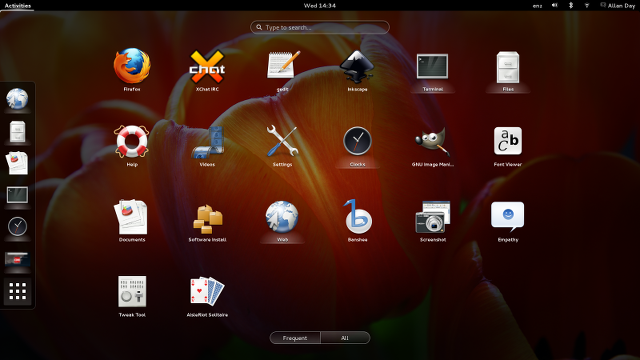GNOME 3.10 was released last week. A lot of hard work went into it (I know I felt pretty exhausted by the end), but I think that it was worth it. We ended up with an excellent release.
I’ve been using bits and pieces of 3.10 for some time, and completely adopted it (through Fedora 20) about a week ago. It feels like some important aspects of the GNOME 3 experience have started to fall into place with the latest release. Most obviously, we have quite a few new applications, which fill gaps in the core application set. We are also seeing the application design patterns starting to mature. The addition of header bars makes a fantastic difference.
This release also includes some new things which have been planned for a long time, and which round out features that we released in previous versions. Lock screen customisation is one of these, as is the updated application launching view, both of which feel great.
Another exciting thing that happened for 3.10 is that our efforts to modernise the toolkit have started to bear fruit. GTK+ 3.10 has a whole collection of new widgets which will enable developers to make better applications, and should also reduce the amount of work that they have to do. I really hope that this trend continues with even more new widgets and improvements to the developer experience.
GNOME 3 is already in good shape, but as each release comes by, so the vision as a whole takes another step towards realisation. When that finally happens, I think we’ll achieve a qualitative shift in the kind of experience that we’re able to offer. 3.10 is a strong indication that GNOME is making good progress towards that goal, and is a taste of what is to come. Exciting times.




